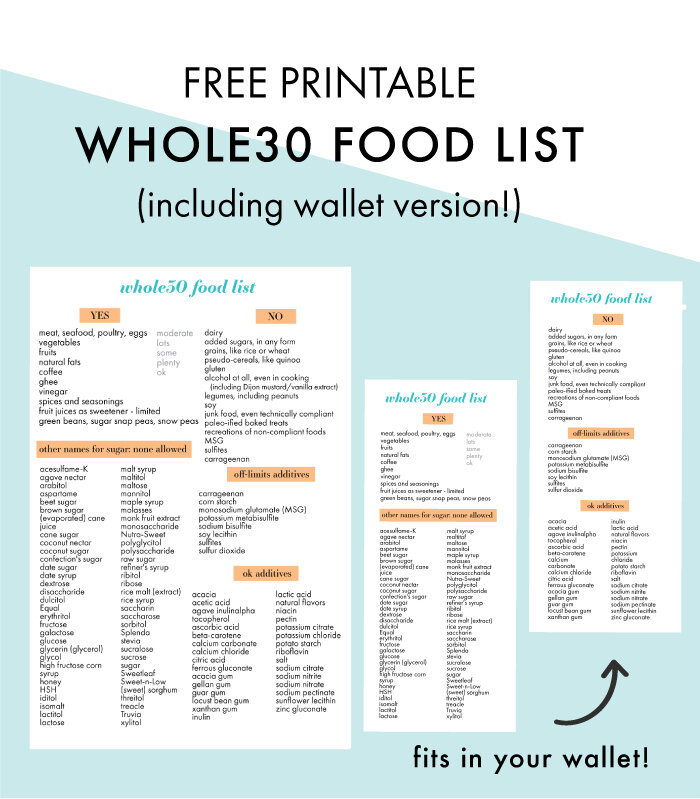Whole 30 in Korea- My First 10 Days!
I decided to embark on the Whole30 Diet with some colleagues here in Korea.
I thought it would be a nice excuse for a group motivated, dietary reset.. and it has been so far!
This week, I shared a vlog style update about my first 10 days doing Whole30 in Korea.
I shared a bit about what I’ve been eating, how I’ve been feeling, a few super simple DIY recipes that have made eating simple foods a whole lot more exciting, and a few reminders that are easy to forget when you fall out of the habit of planning and eating an abundance of whole foods.
Reference: https://40aprons.com
WHAT IS THE WHOLE30 DIET
The Whole30 Diet removes things like soy, grains, legumes, refined + natural sugars (like honey, maple syrup, etc), dairy, alcohol, carrageenan, MSG, sulfites, and other processed type foods. It embraces a very paleo style, whole-foods diet of veggies, fruit, nuts, seeds, eggs and animal proteins. The idea of it is to help establish a new baseline of health once you’ve removed many common problem foods from the diet and then re-evaluate how you feel after 30 days when you slowly start incorporating these foods back in.
HOW DOES IT COMPARE TO OTHER ELIMINATION STYLE DIETS
The diet follows similar principles to the Elimination Diet or Auto-Immune Paleo diet, which I use commonly in my practice when working with clients to help alleviate specific symptoms or discover what foods are causing them issues. However, these diets always eliminate foods like nuts and eggs ( which are common allergens for many) while Whole30 permits them.
For me, since I generally do okay with nuts and eggs, I mostly decided to give Whole30 a whirl to see how it felt. I have also felt a little unmotivated cooking here as of lately so I was hoping to rekindle my inspiration in that regard too!
WHOLE 30 IN KOREA
I knew I was signing up for a challenge when I agreed to partake in this.
Korean food is highly focused around rice and soy, with many sneaky sugars so eating out and finding compliant foods on the go can be tricky…especially if you don’t speak Korean. :)
I’m also challenged to within the means of my limited kitchen and shopping at foreign grocery stores where I struggle to read labels and where finding compliant ingredients (or things like… cauliflowers for cauliflower rice or sugar-free nut butter) can be difficult… or just really expensive.
I have found it easiest to stick to really simple whole foods and simple homemade condiments.
Click here to hear all about this experience so far and stay tuned as I keep you posted on how things continue to progress!

